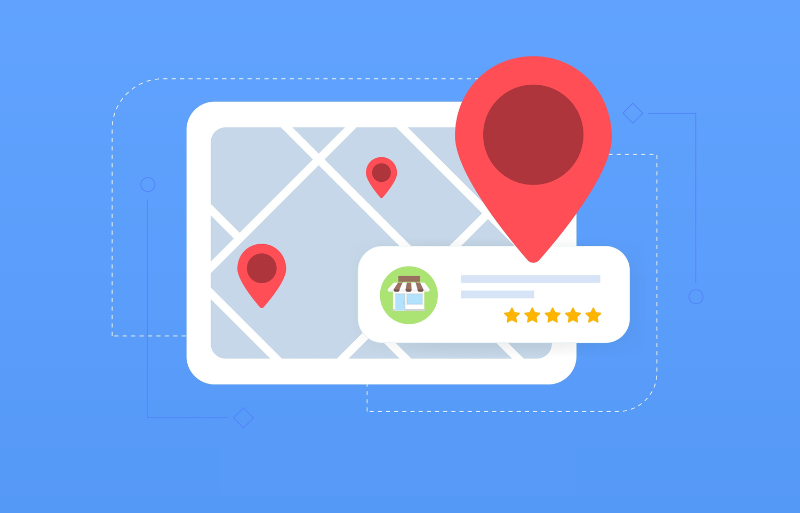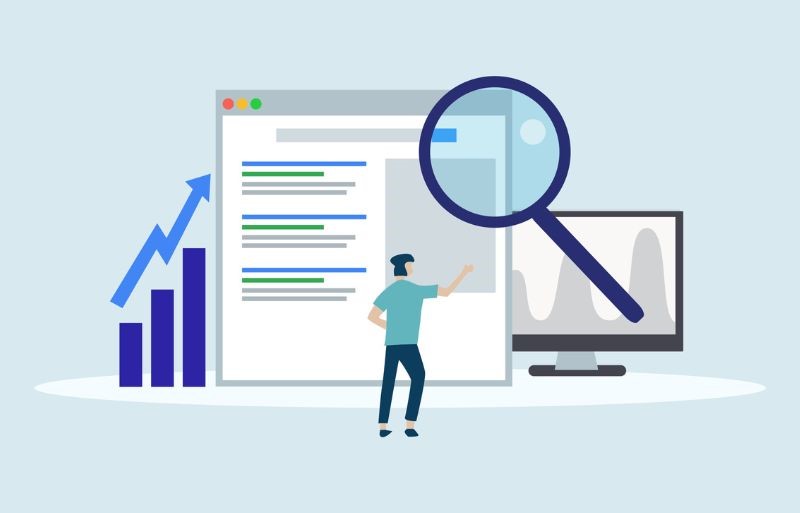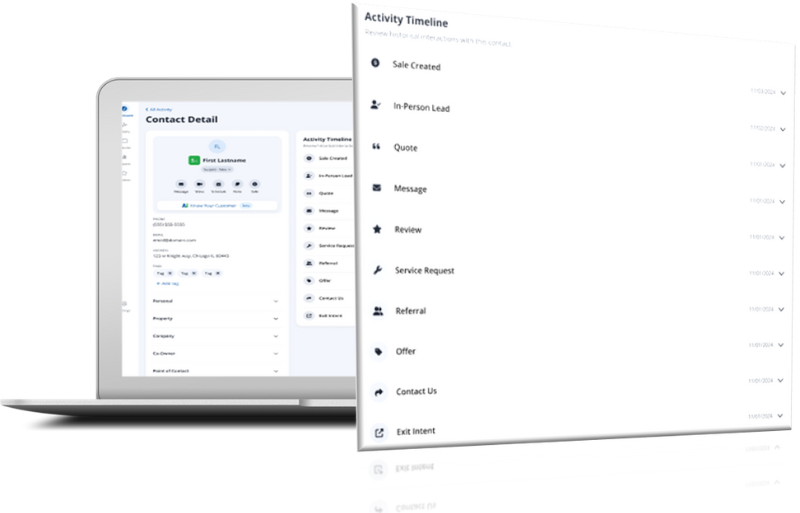Pricing Psychology: 6 Ways to Increase Your Sales By Close of Business
 1. End your prices in 9—it increases sales dramatically.
1. End your prices in 9—it increases sales dramatically.
According to eight studies surveyed by a Harvard Business Review contributor, products ending with a 9 (including the cents digit) outsold similar products ending in a different digit by 24%. Ending your prices with a 9 may increase sales even if the price increases. According to an experiment by researchers at MIT and University of Chicago, a women’s clothing item was tested at the prices of $34, $39, and $44. The product sold the most at $39, even though it was cheaper at $34.
2. Instead of selling products at (say) $39, mark them as “Reg. $48 $39 Sale.”
Studies have shown that the word “sale” creates the perception of value and increases sales (whether or not the price has actually changed).
3. If you’re selling a $20 product at $18, phrase your discount as “10% off” rather than “$2 off.”
Using larger digits is more persuasive and more likely to generate sales, even if the discount is the same. Conversely, on a $20,000 car, “$2000 off” would look more impressive than “10% off.”
 4. Print your prices in a smaller font.
4. Print your prices in a smaller font.
Marketing professors at Clark University and the University of Connecticut found that customers were more likely to make a purchase when prices were written in a small font rather than a large, bold typeface. Many people associate larger price fonts with larger prices. If your price is a major selling point, we’d recommend instead drawing the reader’s attention to it by using a different color (e.g. orange or blue) rather than a large, bold font.
5. Experiment with more price points.
According to “Priceless: The Myth of Fair Value,” adding more expensive options will cause people to spend more on average because the more expensive options are perceived as higher-quality. In one study, a psychologist found that adding premium price options increased average order value by 41%.
|
Experiment |
Comparison to Baseline |
|
Baseline: A bar sells only $1.80 beer. |
– |
|
The bar sells $1.80 beer and a $2.50 premium option. |
Average order value rises 36%. |
|
$1.80 beer, $2.50 premium, and $3.40 super-premium. |
Average order value rises 41%. |
In particular, options in the middle are usually the most popular—many customers perceive the middle option as standard and safe. Instead of selling your products at just (say) $29, try adding $39 and $49 premium options.
6. Experiment with how you’re marketing the value of your products.
For example, take a few minutes to write ads that focus on your services and quality rather than your prices. Here are two of our Google ads that are identical except that one offers “great prices” rather than “We build & install”.

Our service-oriented ad had a substantially higher ROI:
- Prospects were 12% more likely to click on it. Customers were more persuaded by details about our client’s services than by an offer of great prices.
- People who clicked on our service ad were 45% more likely to make a purchase.
- We paid 43% less per lead with the service ad.
- The service ad’s leads spent more on average.
Visit Spectrum today to increase your company’s online visibility!








